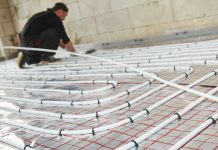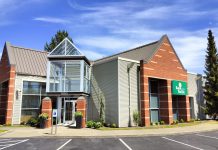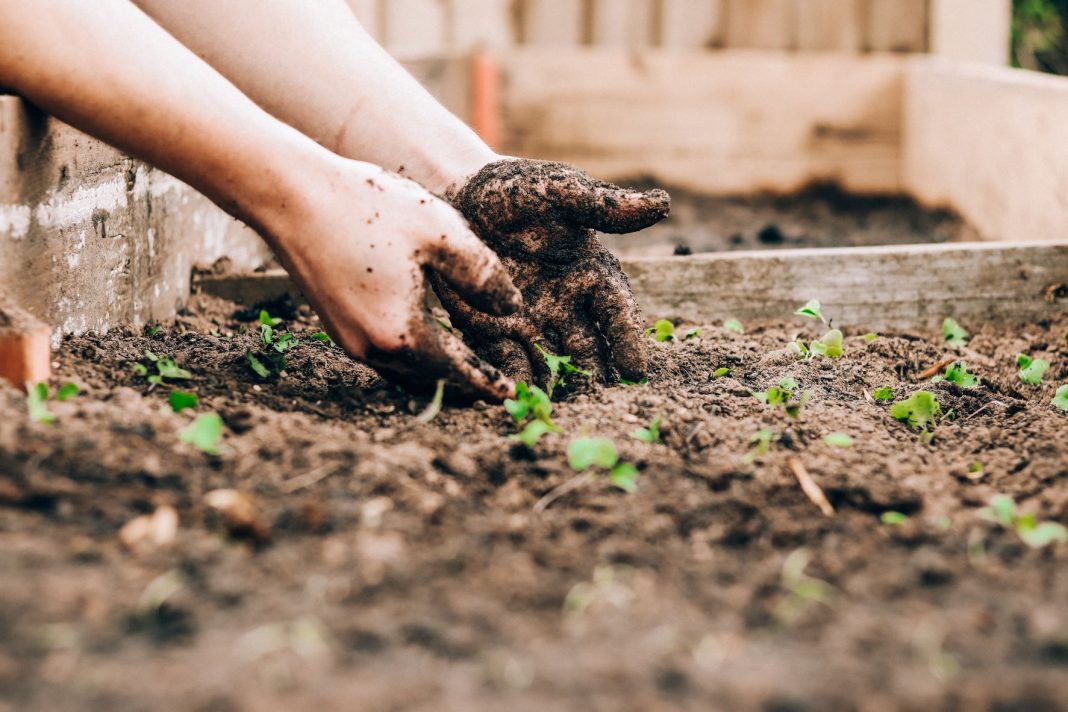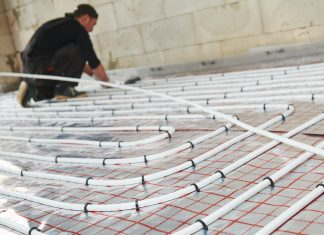Studies have shown that gardening can have a significant positive effect on mental well-being. Not only that, but the American Institute of Stress says that maintaining a home garden can be one of the best ways to combat rising stress levels. Getting outside, moving around, and watching your hard work turn into tangible rewards? It just feels good.
As the summer months wane and the grey of fall and winter approach, some amateur gardeners don’t want to stop planting (and harvesting) their crops. Following are some tools and techniques to keep your garden going in fall and winter—and some vegetables that don’t mind when it gets a little chilly.
Cold-Weather Gardening Enclosures
If you want to continue planting and harvesting despite the oncoming rain and snow, it’s best to properly equip yourself. Not everyone can afford an expensive greenhouse, but there are other cost-efficient ways to help those cold-weather crops survive. With two simple tools you can achieve similar greenhouse-like effects, while spending less and being more energy efficient.
Cold Frames
Cold frames are basically tiny houses for your plants, giving them shelter from inclement weather and over-saturation from rainfall. They also provide a degree of insulation from colder temperatures, and a moderate level of frost protection. You can purchase a cold frame for as little as $50 dollars, or make your own for even less.
Hot Beds
Hot beds are a cold frame with the addition of a heat source embedded in the bottom of the enclosure. This heat source can be electronic, or you can do it the old-fashioned way. During the hotbed’s inception electricity was not available, because it had yet to be discovered—so farmers used manure instead! As the manure breaks down, it gives off heat, raising the temperature of the cold frame. This creates a greenhouse effect and gives the plants a warmer environment in which to grow.
Fall and Winter Crops
Garlic
An essential element of so many home-cooked meals, garlic can be a great addition to your garden. Unlike a lot of other vegetables, garlic prefer to be planted in cold weather. The best time to plant garlic cloves in Whatcom County is between October and early November, making sure to have the cloves in the ground before the first freeze of winter.
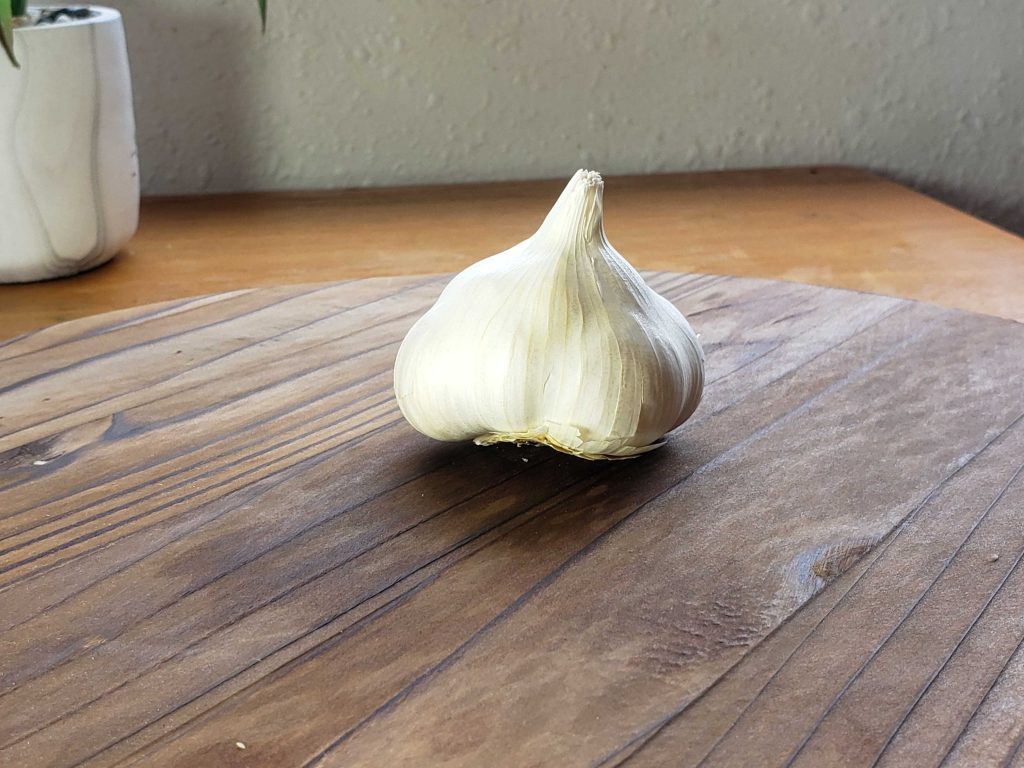
Garlic has the longest time to maturation on the list at nearly 240 days. If you plant in October, don’t expect to be able to harvest until early the following summer. Garlic doesn’t like wet soil when it’s cold, so take care not to overwater. Once a week is plenty, and only when there hasn’t been any rainfall.
Here is a full guide to planting, maintaining, and harvesting garlic.
Beets
For any fans of “The Office” who want to follow in the footsteps of Dwight Schrute, you may consider creating a small version of your own beet farm. Though best planted in mid-July for a fall harvest, you can plant in beets in September if you plan to overwinter them, and then harvest them the following spring.
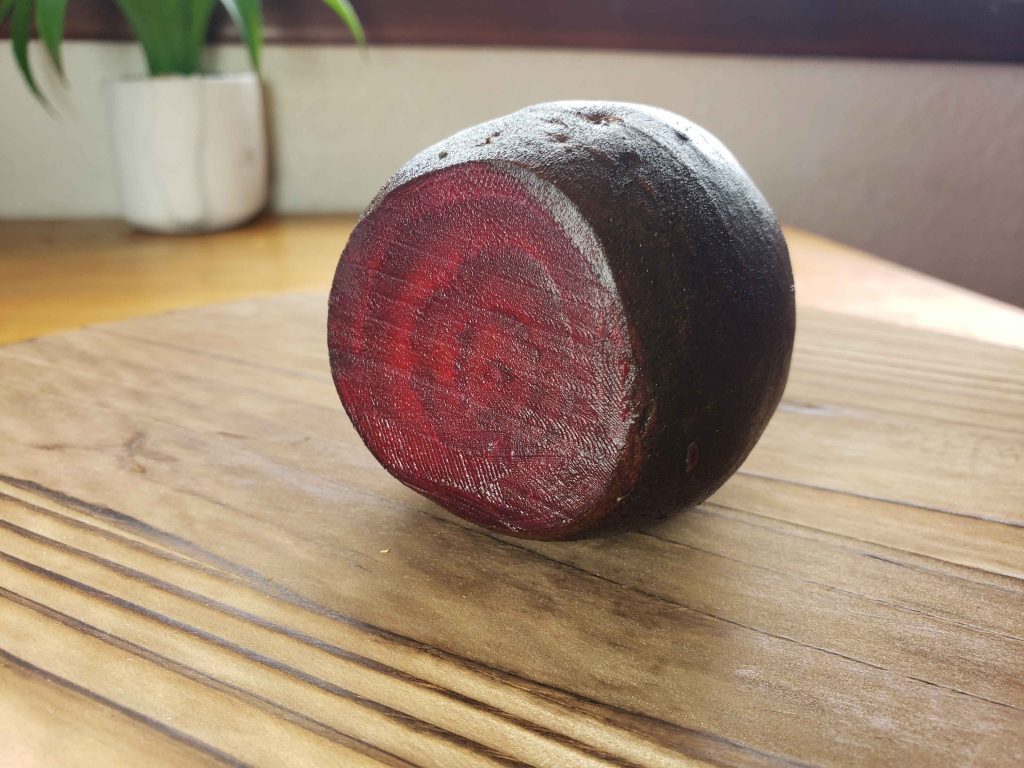
If you want to just harvest beet greens, you can plant until September 1st, but in this case it’s best to use a hardier winter beet. The Lutz Winter Keeper is an example of a beet with good cold resistance.
The good news is, they are very easy to grow, and require only a small level of maintenance. Plan to wait 6-8 weeks after initially planting your beet seeds, making sure to water the plants weekly.
Here is a full guide to planting, maintaining, and harvesting beets.
Lettuce
Whether wrapped around a burger, as the base of a salad, or feeding your pet rabbit, lettuce is an incredibly useful vegetable. This crisp crop loves the cold, and will become bitter if the weather gets too hot. Cold-weather lettuce can be planted as late as December and January with the help of a cold frame, and comes in three main varieties. These varieties each take a different amount of time before they are mature enough for harvest:
- butterhead lettuce, 34 days to harvest
- crisphead lettuce, like iceberg, 60 days to harvest
- loose-leaf, like romaine, 50 to 60 days to harvest
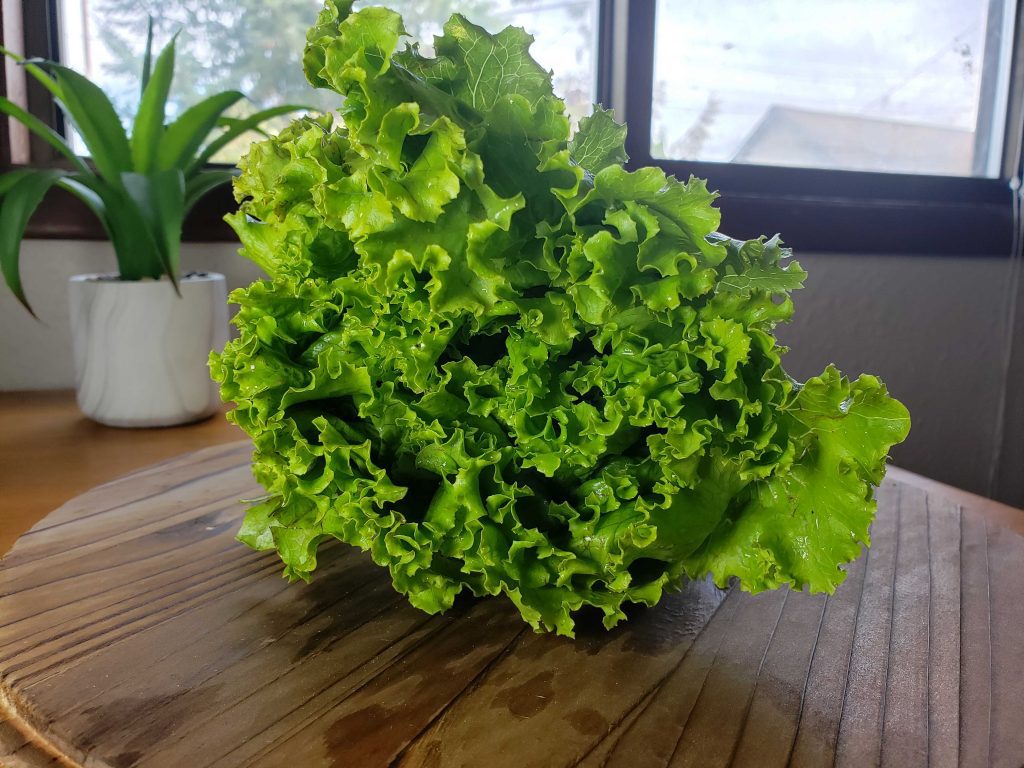
Unlike beets, lettuce needs to be watered every day. Certain varieties of lettuce will be much harder to grow as the frost approaches. If you intend to plant closer to the snowy months, you’ll want to use a more rugged lettuce like Winters Purslane or Lamb’s Lettuce.
Here is a full guide to planting, maintaining, and harvesting lettuce.
Onions
Onions are one of the most versatile vegetables, and one of the absolute easiest to take care of. These vegetables don’t need to be watered more than one or twice a week. Onions are so easy to plant, in fact, one species does it all by itself; the Egyptian Walking Onion can produce bulbs that fall back to the earth and replant themselves!
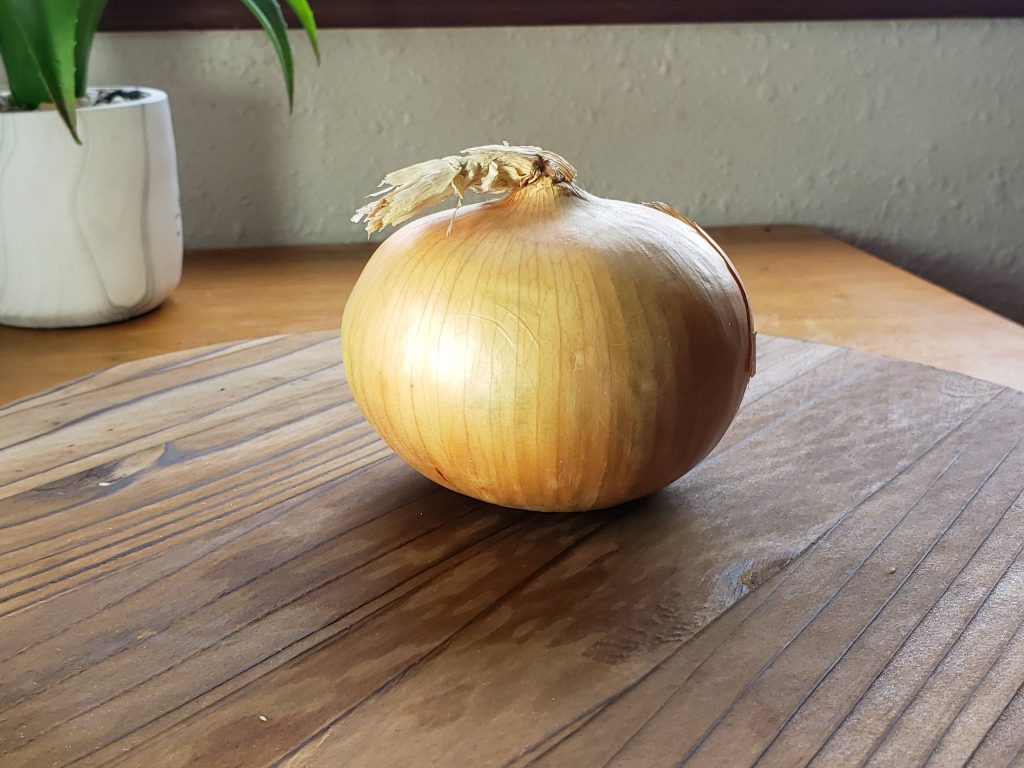
As long as you get to it before the first hard freeze, onions can be planted in the PNW as late as November. Onions take two to three months to reach maturity, though in some cases you can harvest them early.
Here is a full guide to planting, maintaining, and harvesting onions.
Stay Healthy This Fall and Winter
No matter what fall and winter crops you choose, it’s important to stay busy. Winter in Whatcom can be a somber time for us all, and having an enriching hobby can help get you through those tougher months. With gardening, you not only learn a valuable skill, but get to eat the fruits (or, in this case, the vegetables) of your labor. Happy growing!
Featured photo by Sandie Clark at Unsplash




















